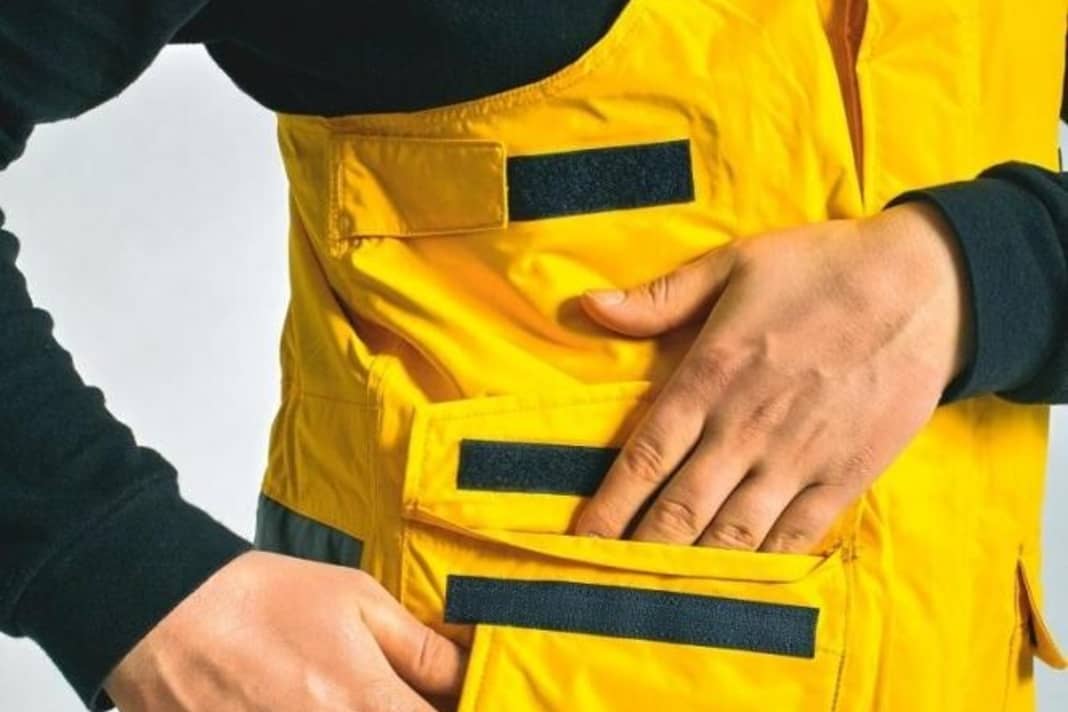Equipment special: Oilskin special part I: 21 models tested

In northern Europe, sailors have to expect rain even in summer. Anyone who sits freezing in the cockpit between two showers after a thunderstorm on the Baltic Sea in mid-August knows this. On the other hand, as we all know, there is no such thing as bad weather, only unsuitable clothing. There is therefore no alternative to a set of oilskins for sailors. The one you have should be checked before the start of the season so that there are no surprises when sailing in bad weather. If you are afraid of the investment (some new tops cost over 300 euros), you can rest assured:Used oilskins can be maintained,scuffed areas can berepair. However, if the wardrobe is completely battered, it should be replaced bynewer and better pieces be replaced.
This three-part YACHT special on the subject of oilskins provides answers to each of the three options. The other parts will be published every two days with the following topics
Part 2: Repairing oilskins: Mending, but with what? -- Sailing tape as an alternative? -- Repairing zips
Part 3: Care instructions: Oilskins in the washing machine? -- Waxing it yourself? -- GoreTex in the dryer?
Oilskins: 21 models for men and women put to the test
Whether it's persistent drizzle or the short but intense shower when a front passes through that tests your patience, the oilskin should keep the wearer dry and warm and ideally also be comfortable. Even when the weather is good, it can get very chilly on longer trips during the night watch. And freedom of movement should not be restricted in functional clothing either. We scrutinised nine women's and twelve men's oilskins for coastal cruises. Only bad weather clothing for women was tested, which was explicitly optimised by the manufacturer for the female anatomy. Unisex models were tested as men's oilskins. Here the fit is usually very different, so there is hardly any way around trying them on.
You should pay attention to the following hotspots (click to enlarge):






How we tested it:

All items of clothing were tested for their impermeability. A seven-minute shower was the simulated rain shower. The same movement sequences were always repeated. Tightness was rated at 40 per cent (10 per cent each for hood, collar, cuffs and seams). The weight before and after the shower showed how much water the garments absorbed. The amount of water is crucial, as the clothing should dry quickly after the trip and not bring much moisture back on board. This accounted for 20 per cent of the score (10 each for the jacket and trousers). Wearing comfort was determined by the general fit and the cuffs, collar, hood and freedom of movement. This area was rated with a share of 30 per cent. The price was included in the evaluation with a share of ten per cent.
The bottom line: The oilskins from Gill and HellyHansen made a very good impression in the test, but are also among the most expensive on the market. The OS 2 (Gill) and Skagen (Helly Hansen, now replaced by the Skagen 2 model, editor's note) models, together with the corresponding trousers, cost considerably more than 500 euros. Decathlon, on the other hand, offers a solid set of trousers and jacket for less than 200 euros.

The detailed test results of all models with a detailed evaluation are available download here (free of charge for subscribers).
